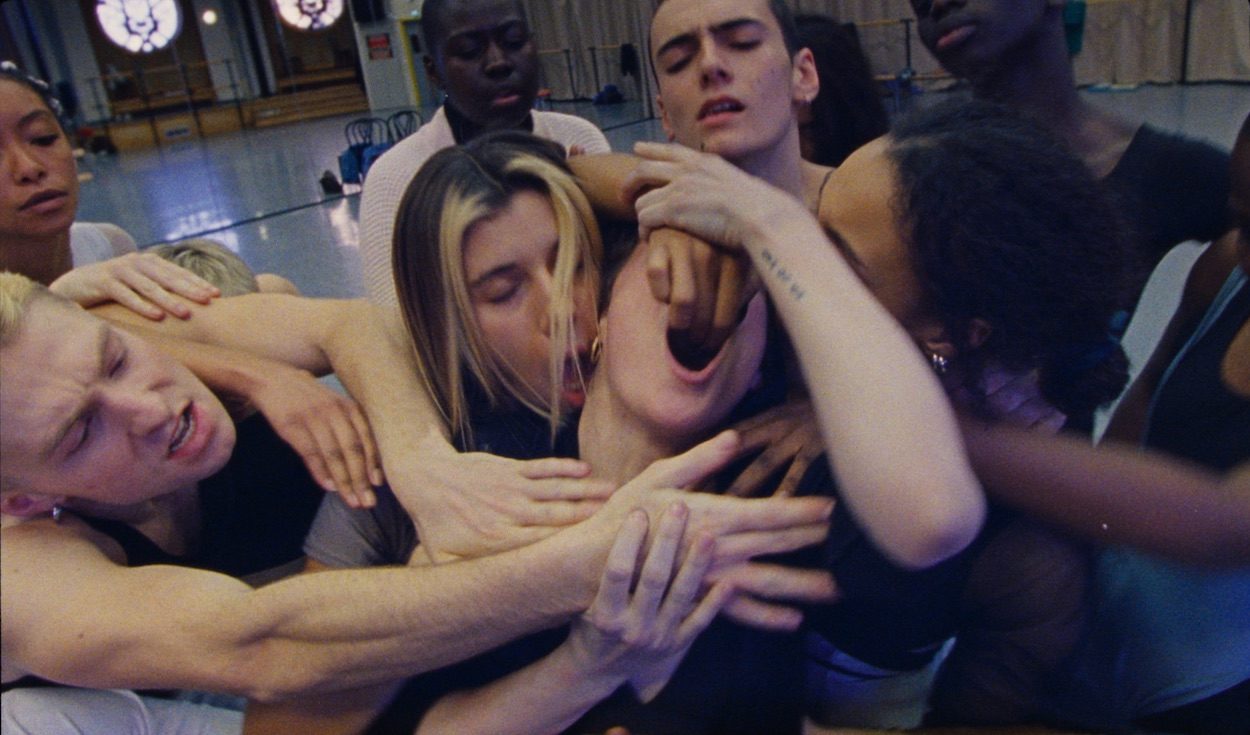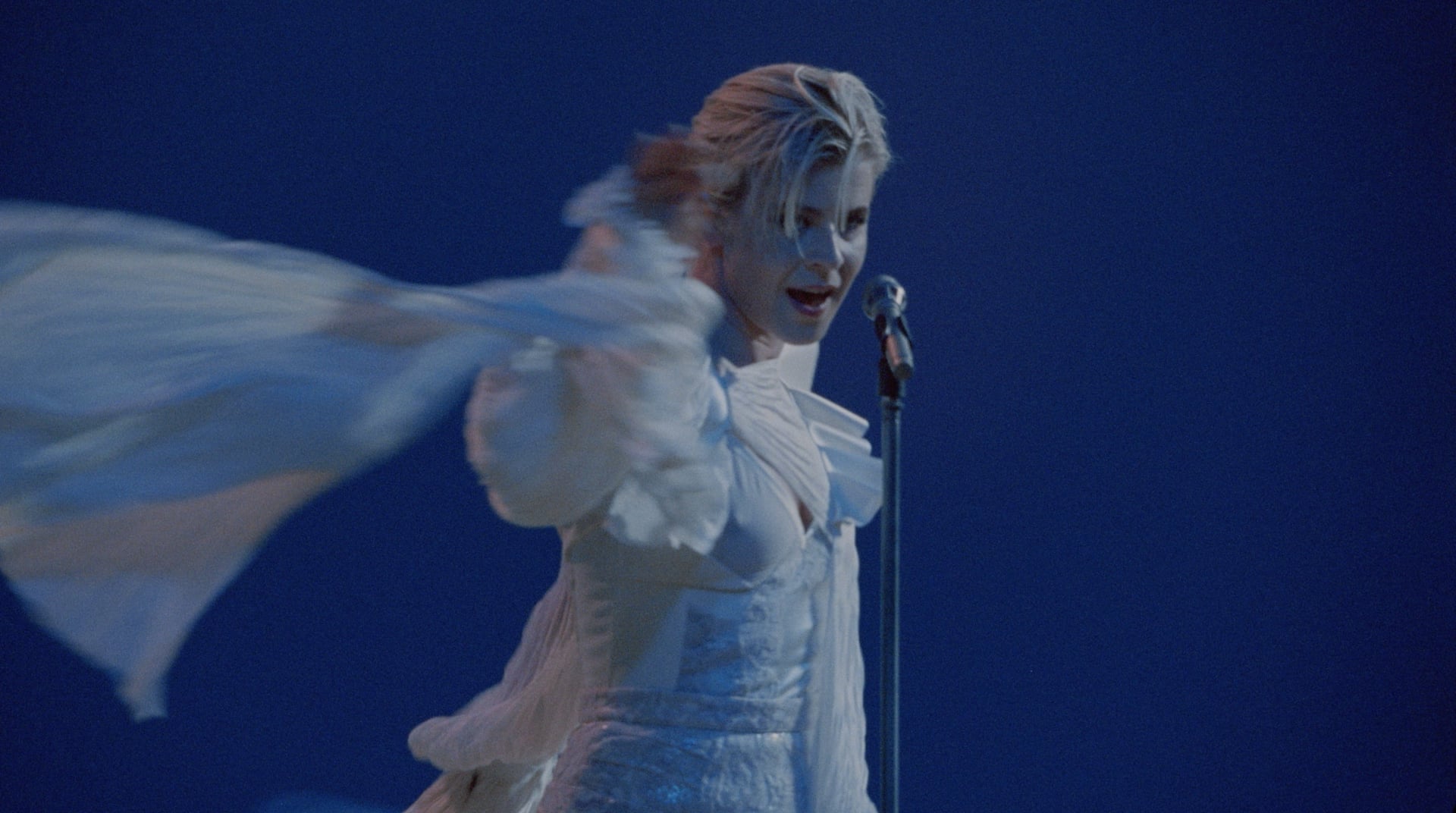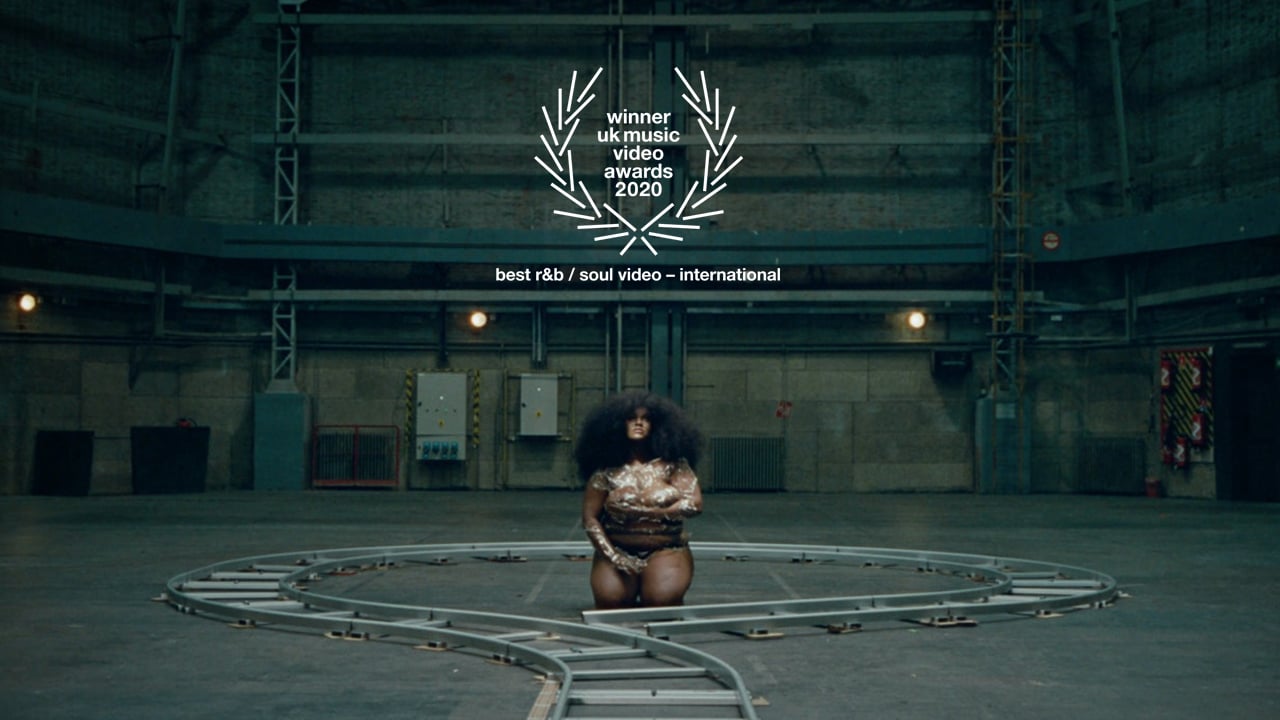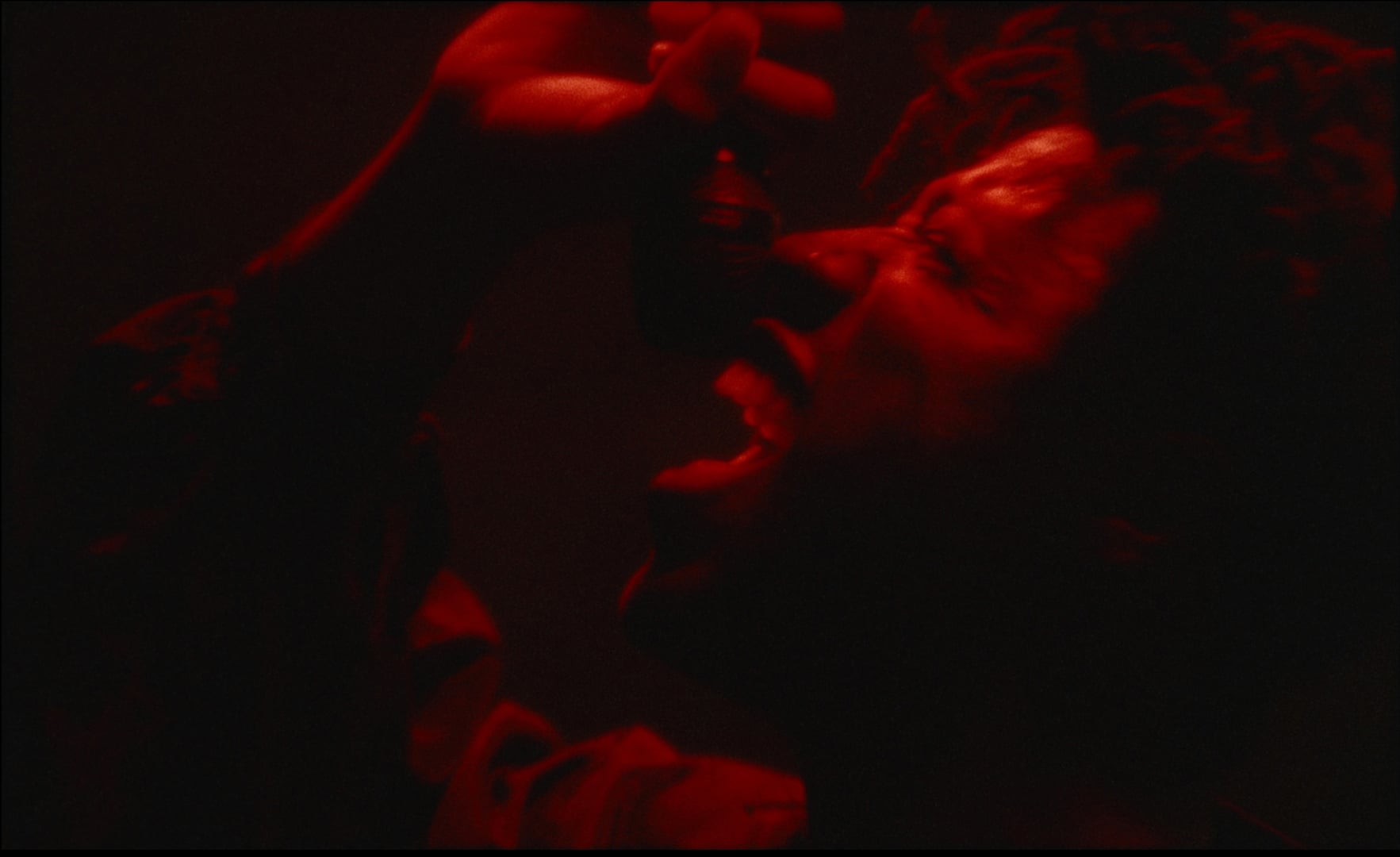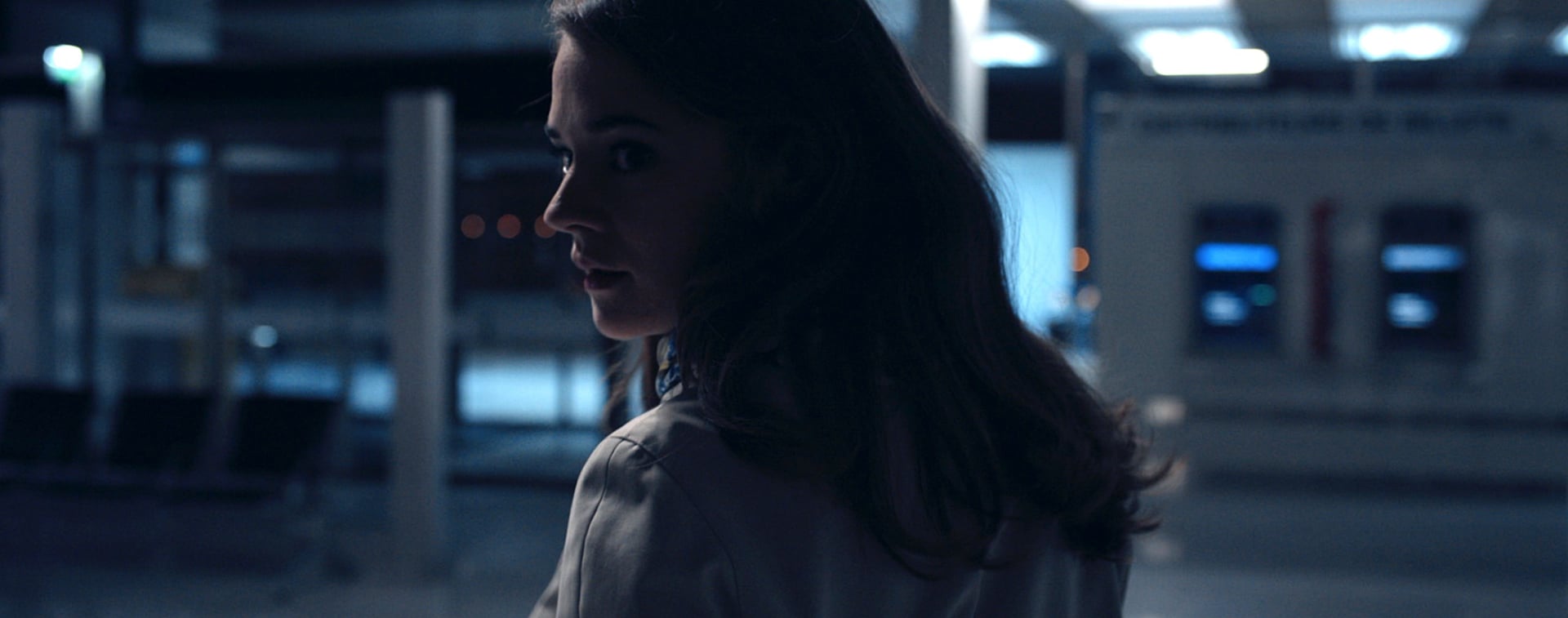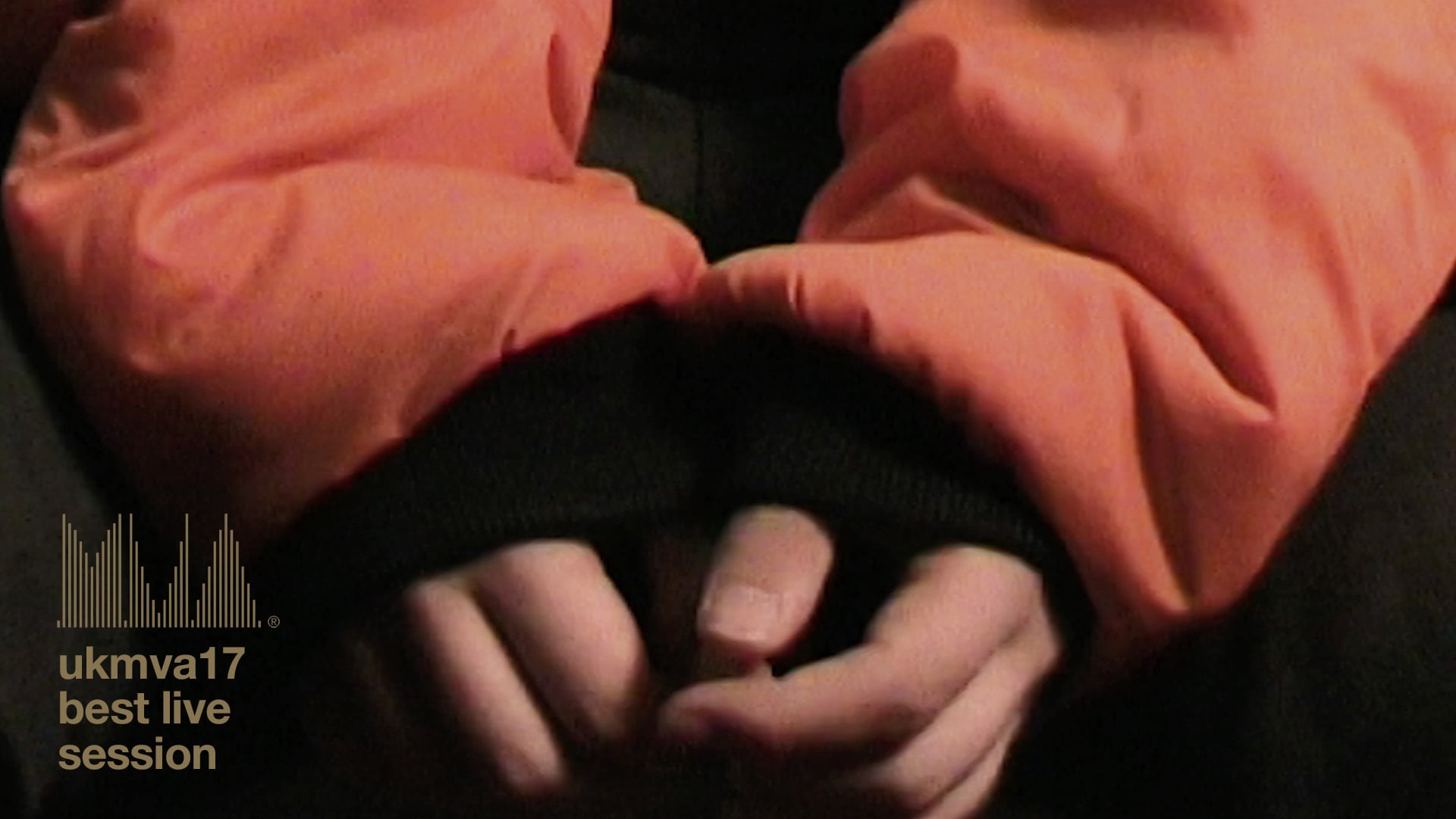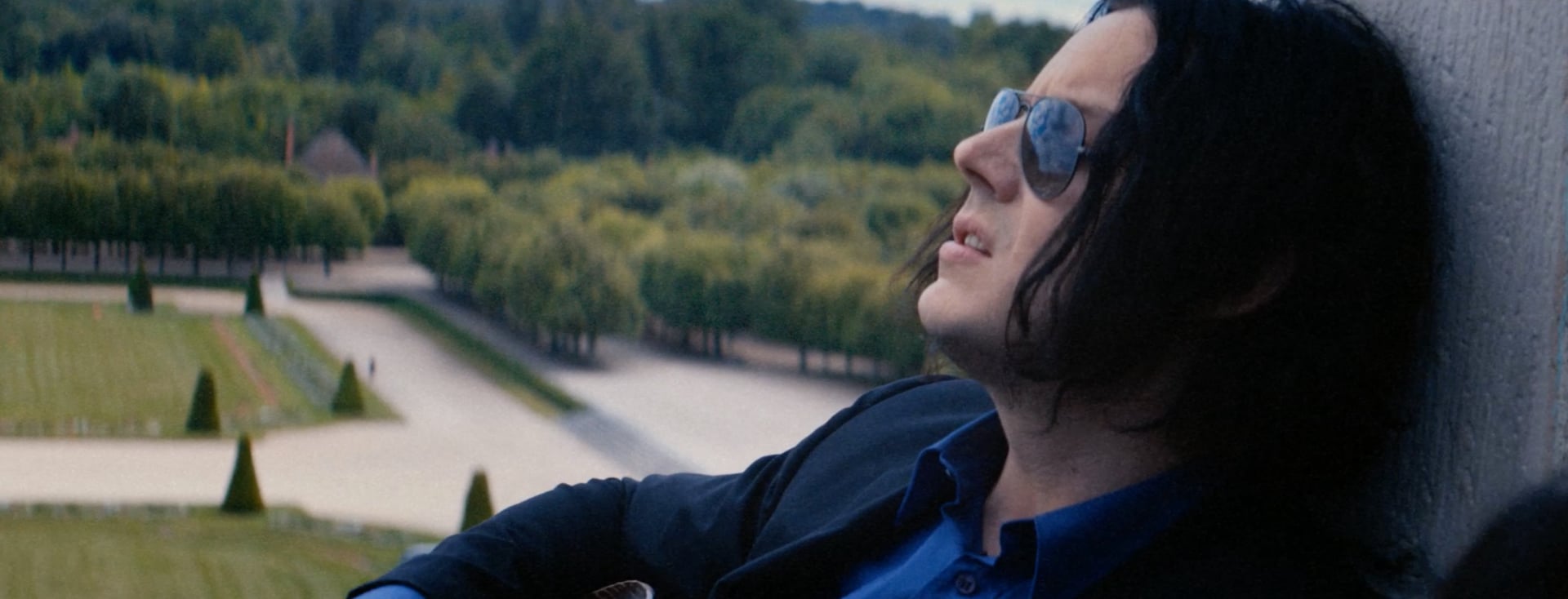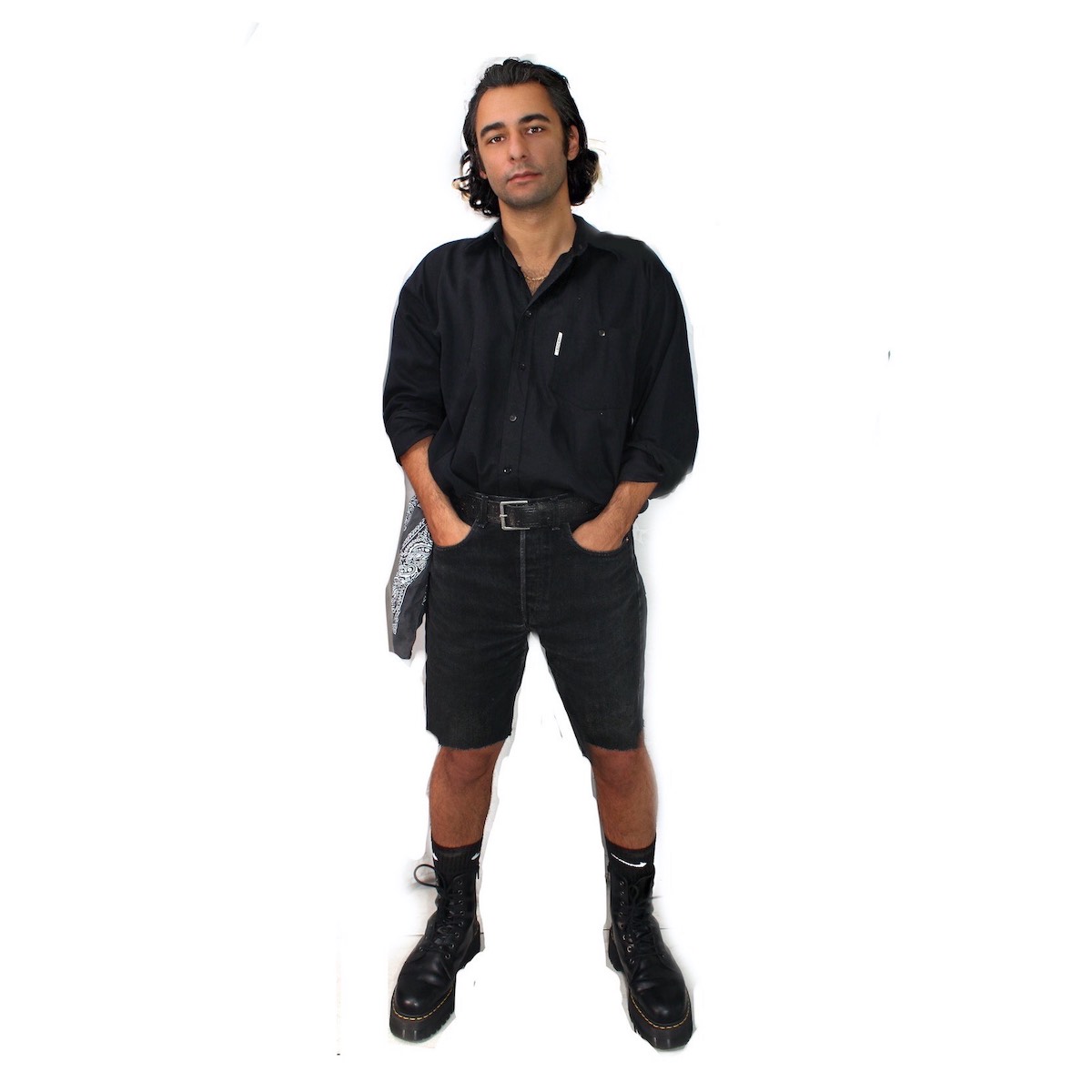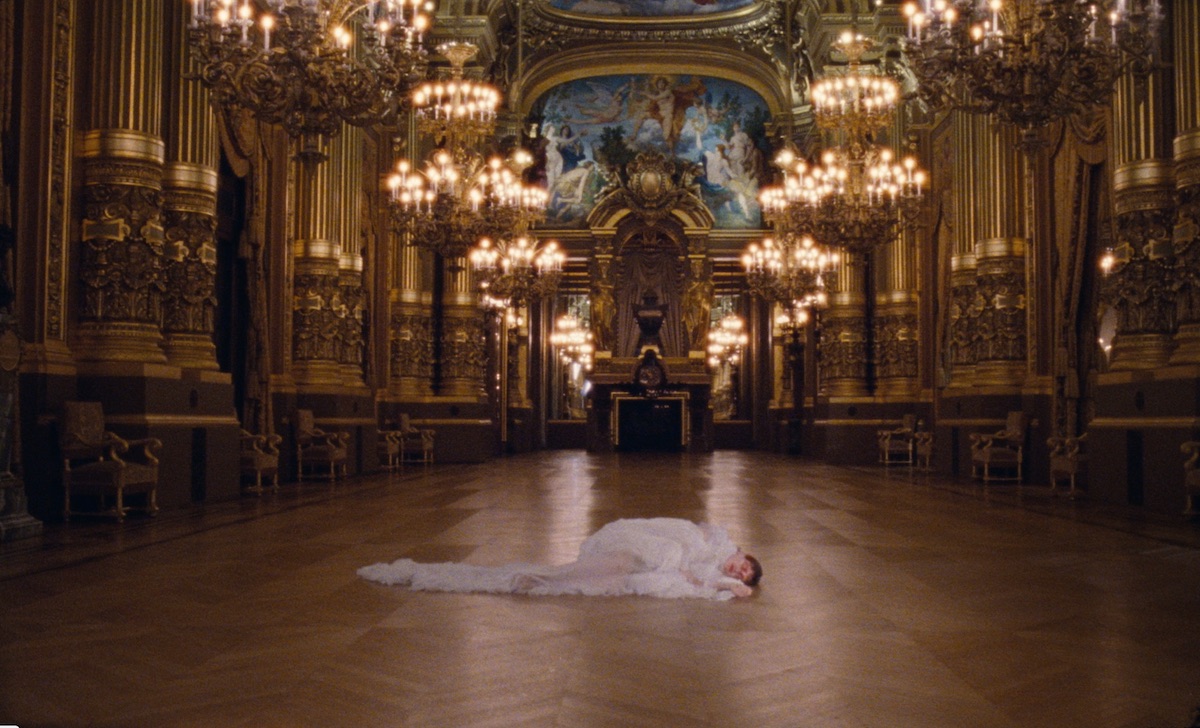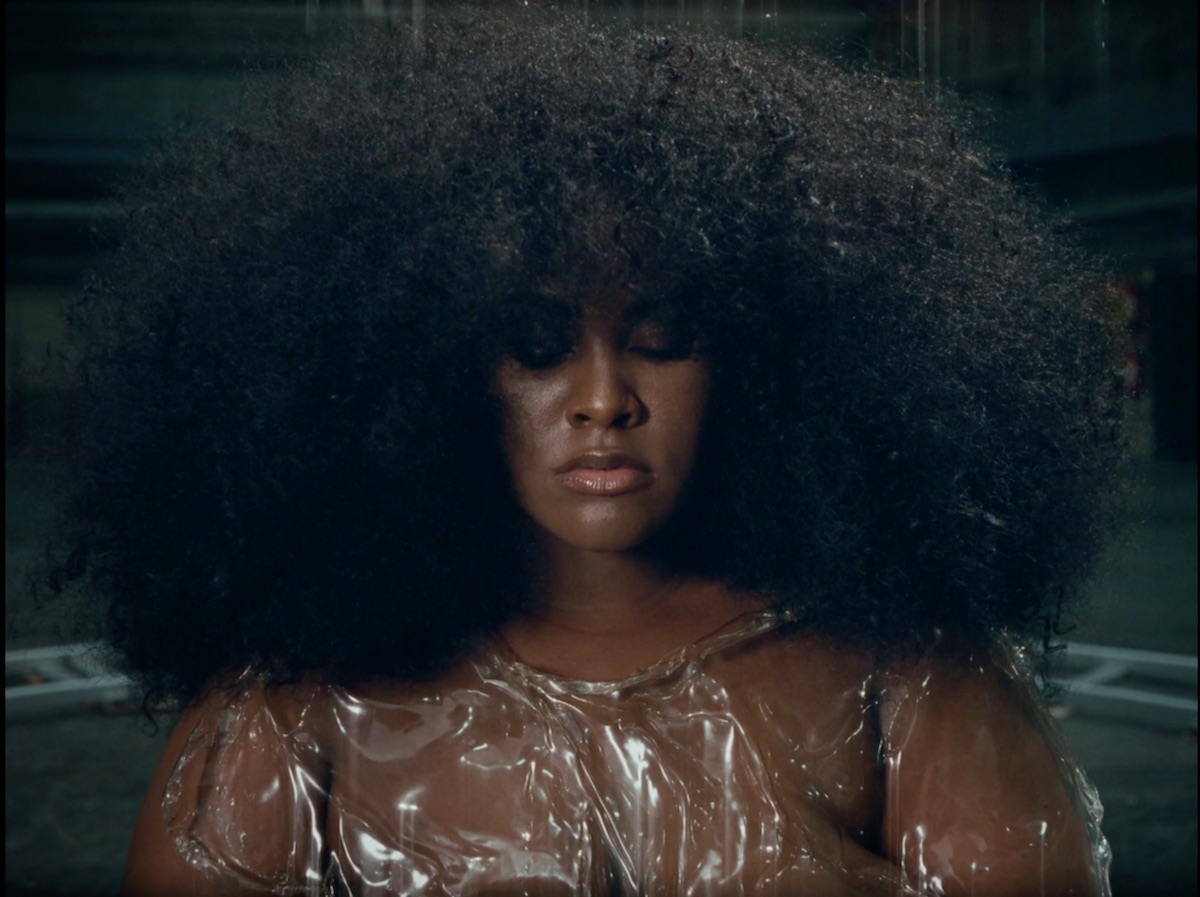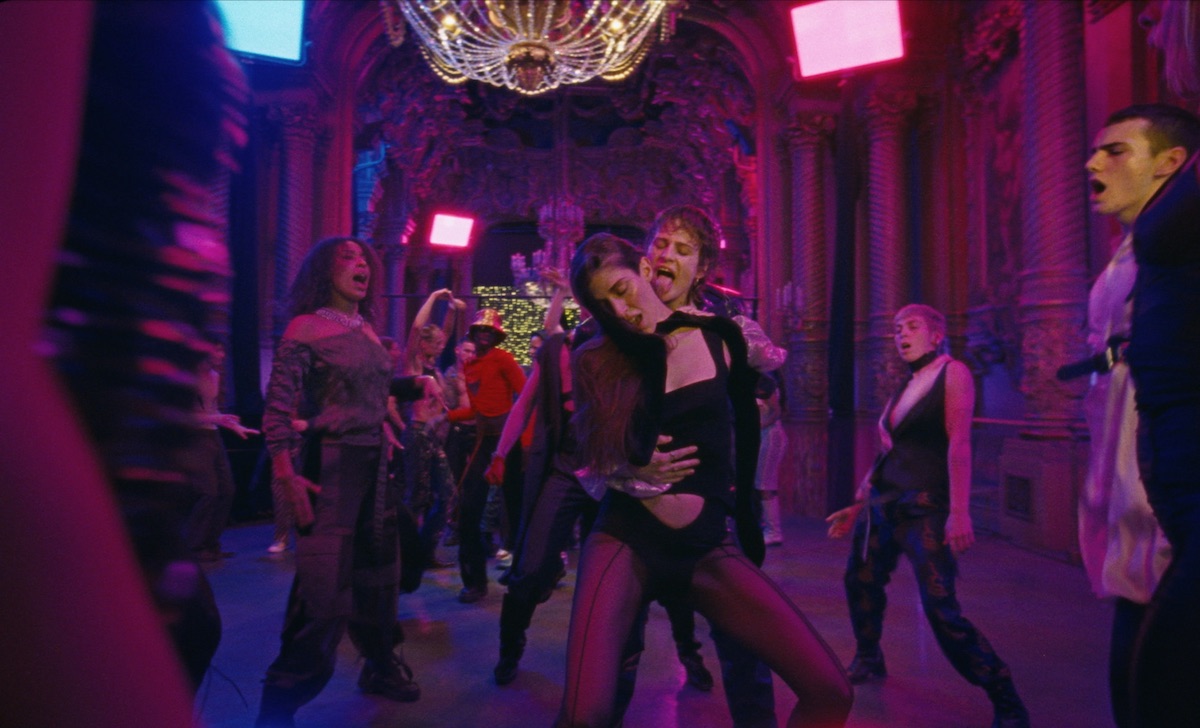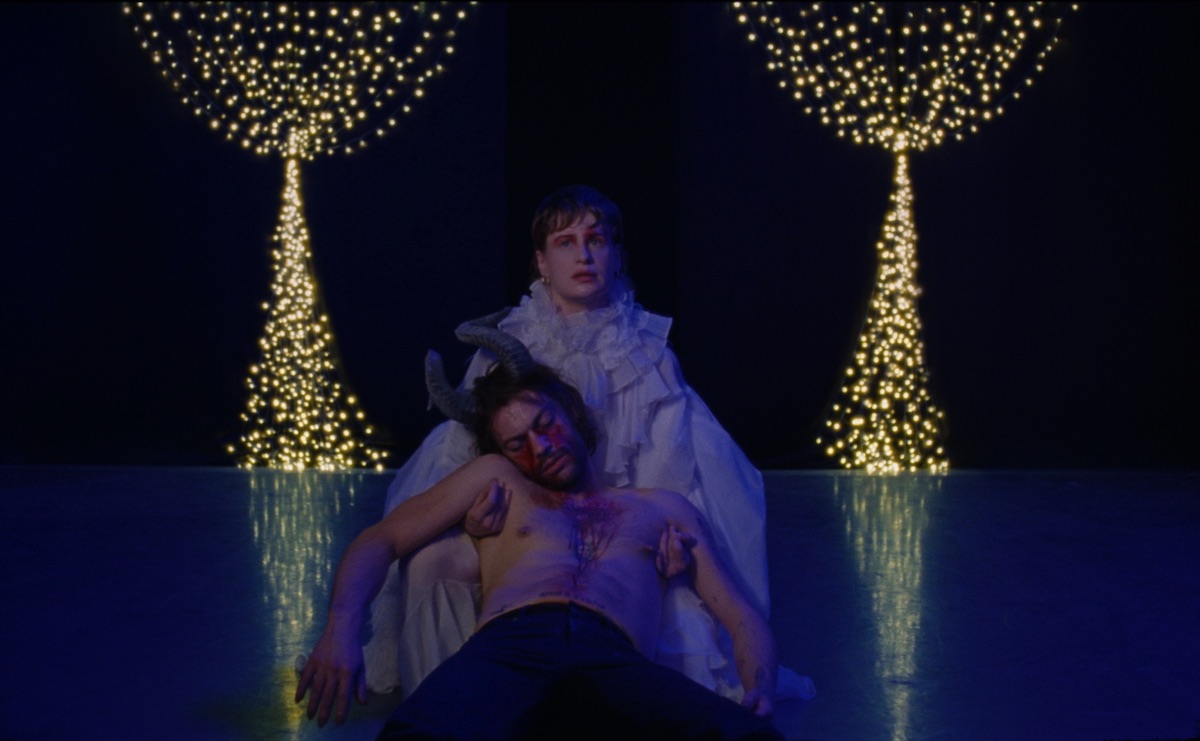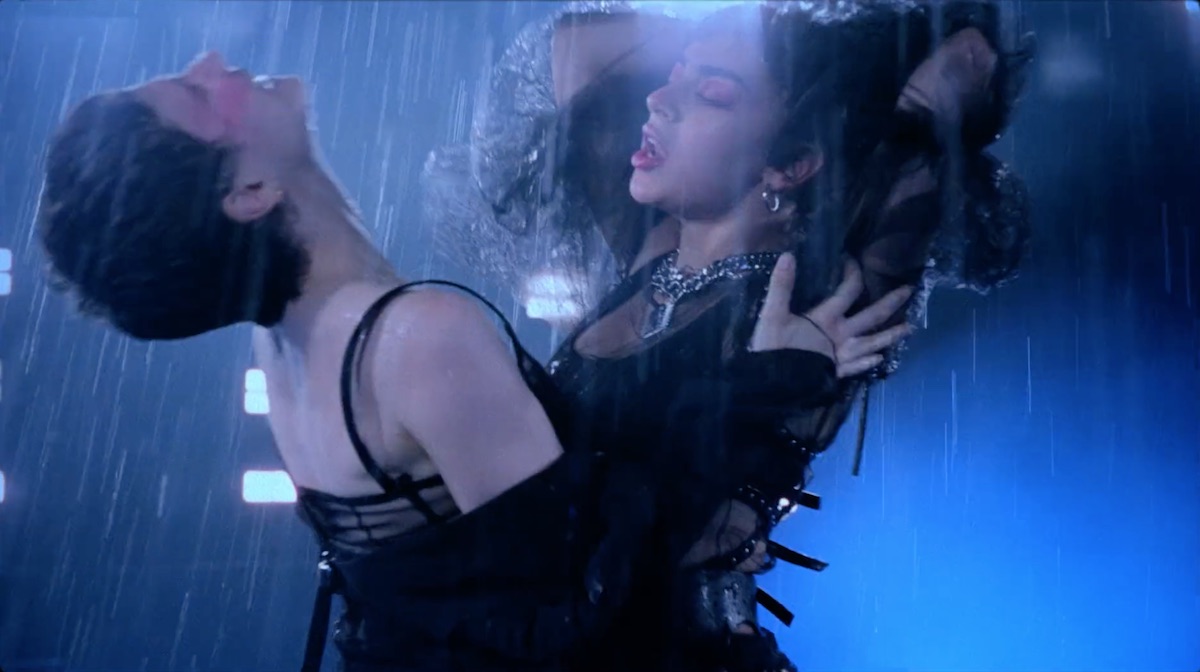Colin Solal Cardo
What led you into filmmaking?
I don’t think I ever made a conscious decision to become a director. I started making videos when I was around ten, eleven years old. It feels like I’ve been doing it forever. Filmmaking and art in general inform everything that I do, my sense of self. It’s been my way of connecting with the world for as long as I can remember.
From Christine and the Queens’ La Vita Nuova
You made your name capturing live, intimate portraits of artists like Jack White for La Blogotheque’s Take Away Show series, including winning the inaugural UKMVA for ‘live music video’ for Mura Masa’s Blu featuring Damon Albarn. Tell us a bit about that project and what’s most exciting about the live music video genre.
Being around musicians is a very natural thing for me. When I was little, my mother used to be in a rock band. I remember the rehearsals in the living room, going to shows and having to look up to see her perform on stage. I was raised around music. That morning in Damon’s studio was a very small, quiet moment, something I have witnessed many times. Two musicians hanging out, playing a tune together. But whether in a studio with Damon Albarn or on a roof with Jack White, the intimacy is what I’m really trying to capture in the most honest way possible. Filming artists when they are in that zone is always interesting.
You’ve also become known for your one-take films, such as Nicolas Godin’s Bach Off, Moses Sumney’s Rank & File and Yseult’s Corps. What’s the appeal of this particular style for you? And what are some of the biggest challenges you have encountered?
There is an element of danger in a single shot that I quite like. Bach Off and Rank & File are both live-sound videos, which adds another layer of complexity. On Bach Off we had only a few hours to film in the Orly Airport terminal before it was scheduled to open. The song was eight minutes long and I wrote a lot of timecoded cues, down to the eye movement of the actress. The ceiling lights of the whole terminal had to be switched on and off remotely by a security agent – making the timing random at best. But what almost killed us was the sound. During rehearsal the mixing console stopped working. We waited two, three hours… It was very late in the night, the band was about to fall asleep. Finally the problem was fixed and we nailed the take literally minutes before passengers started arriving at the gate. I think you can feel that energy watching the video, even if everything looks controlled on the surface. It’s a tightrope.
For Corps, the one-take element was important conceptually. I didn’t want Yseult to hide behind a cut, and I didn’t want the audience to look away. I also think the one-take element makes the video more immersive: you feel more empathy towards her which, in a piece like this, is political.
Yseult
It’s interesting to see the different ways you capture sexuality on film, which runs the gamut from the overtly risqué (Robyn’s Prince-influenced Ever Again; Charli XCX’s Gone) to a more arthouse look and feel (Yseult’s Corps). How much is the approach dictated by the artist and how do you work together to strike the tone that is right for the video/track?
Sexuality can be an element of my work, definitely. But for me these videos are mostly about powerful bodies. In Corps, Yseult isn’t more or less sexualized than the subject of a Renaissance painting; her posture even reminiscent of a prayer. In Ever Again, I think Robyn showing her breasts or masturbating are power moves, not objectifications. It doesn’t make a big difference to me. All these videos have been made in close collaboration with the artists. I never felt like I had to push for anything. Sometimes there is a limit, for example Yseult didn’t want to be completely naked, so we asked sculptor Esmay Wagemans to create the transparent skin piece that she is wearing in the video. Robyn on the contrary told me that she was ready to go nude if needed, but I proposed a different direction. Soon after, we got the opportunity to work with Nicolas Ghesquière who created a custom look based off my treatment – crazy stuff!
From Christine and the Queens’ La Vita Nuova
In recent years, you have become Christine and the Queens’ go-to music video director. How did you and Héloïse Letissier meet? What has made it such an enduring partnership?
Her team reached out to me a few months before the release of her second album Chris. They wanted to make a video for the song Doesn’t Matter. I had to pinch myself because for a French director, Christine is “it”. She is one of our most iconic artists. We bonded over email conversations, exchanging artistic references and ideas. We talked about cinema a lot. She told me she wanted to make a video that felt real. We finally met face to face in a dance studio. I was very impressed and nervous. I brought a small mini-dv camera to do some screen tests and exercises. We talked for a bit and started to shoot a mock-up video right away. She would improvise something and I would follow with my camera, making up directions as it went, creating the choreography in real time. It was a great moment, super fun and spontaneous.
Christine and I work like a team, the process is very collaborative. She has strong opinions on everything: script, styling, shoot, edit. Sometimes we fight over an idea or a cut, but in the end I’m always pleased with how both our voices can be heard distinctly in the videos. I think our partnership is enduring because we both have a survivor spirit, for us making art is a matter of life and death.
From Christine and the Queens’ La Vita Nuova
Most recently for Christine and the Queens, you directed La Vita Nuova, an ambitious short film accompanying her new five-song EP. It’s quite a leap from your previous work: narrative-driven, lavish scenery and costumes, lots of symbolism: virgin and seducer, innocence and sin, beauty and the beast. Tell us a bit about the concept and how you brought it to life?
It was fantastic to be able to work on a longer format and develop a visual language across five songs. Christine started sending me music in July 2019 and we instinctively felt like we had to do more than just music videos. It had to be a short movie. Christine had a lot of ideas about the first track, People I’ve Been Sad. She said, “I want to be a broken clown in Paris and I will meet a faun.” We started putting images together, a big moodboard for the project, watching movies, reading, scouting art for visual, story and fashion references.
We leaned towards musicals: Minelli’s An American in Paris, Bob Fosse’s All That Jazz, Carlos Saura’s El Amor Brujo, but also lots of Cineccita films, Dario Argento’s Giallo, Coppola’s Dracula and other vampire films, Romeo+Juliet, Eyes Wide Shut, Mulholland Drive, Travolta movies, Prince videos… I would go to Christine’s place and we’d spend hours discussing ideas over tea. A lot of it also happened on WhatsApp. Christine had this idea of a nightmarish moment with the faun at the end of the Nada segment. I messaged “What if the faun dies in your arms, crying tears of blood?” to which she replied “OMG” and it ended up in the film.
The whole process felt very idiosyncratic. Our friendship also helped when it came to the more personal themes of the story. We would discuss our love lives and childhood traumas and things we wanted to explore without any shame or restraint. I remember that early on, Christine told me: “I want this to be a catharsis. No holding back.”
Comparatively to the initial nurturing phase, the pre-production and shoot passed like a flash. Ryan Heffington came on board. We met at Chris’ house and spent an evening discussing the script inside out. Ryan immediately understood what we were trying to do and wrote the main choreography in three days. I shot everything with my mini-dv and cut a preview of the film in a plane to New York where I was spending Christmas with my family. We finished the prep remotely over the holidays and shortly after New Year’s Eve, we shot the film for two and a half days in the Opera Garnier. Being in the same room with Christine, Ryan and my cinematographer Crille Forsberg, and seeing the film finally come to life on the stage of the Opera, I truly felt like the luckiest director in the world.
Christine and Charli XCX
Have you ever thought about moving away from performance-based videos and exploring more of a narrative approach?
I don’t pressure myself over it. I loved writing the narrative bits of La Vita Nuova – we even had dialogues at one point, but it lengthened the film too much. That said, I think I just love when things stay a little bit hybrid. Some of my favourite movie scenes are performance bits, like the fireworks scene in The Lovers on the Bridge, which is a sort of perfect music video. Even big set pieces like the waltz scene or the attack in Heaven’s Gate feel like conceptual performances to me. In Tsai Ming Liang’s movies there are ‘non sequitur’ musical numbers that punctuate the story. Performance will always be in my DNA and an important element of my work.
Interview by Selena Schleh
LINKS:
